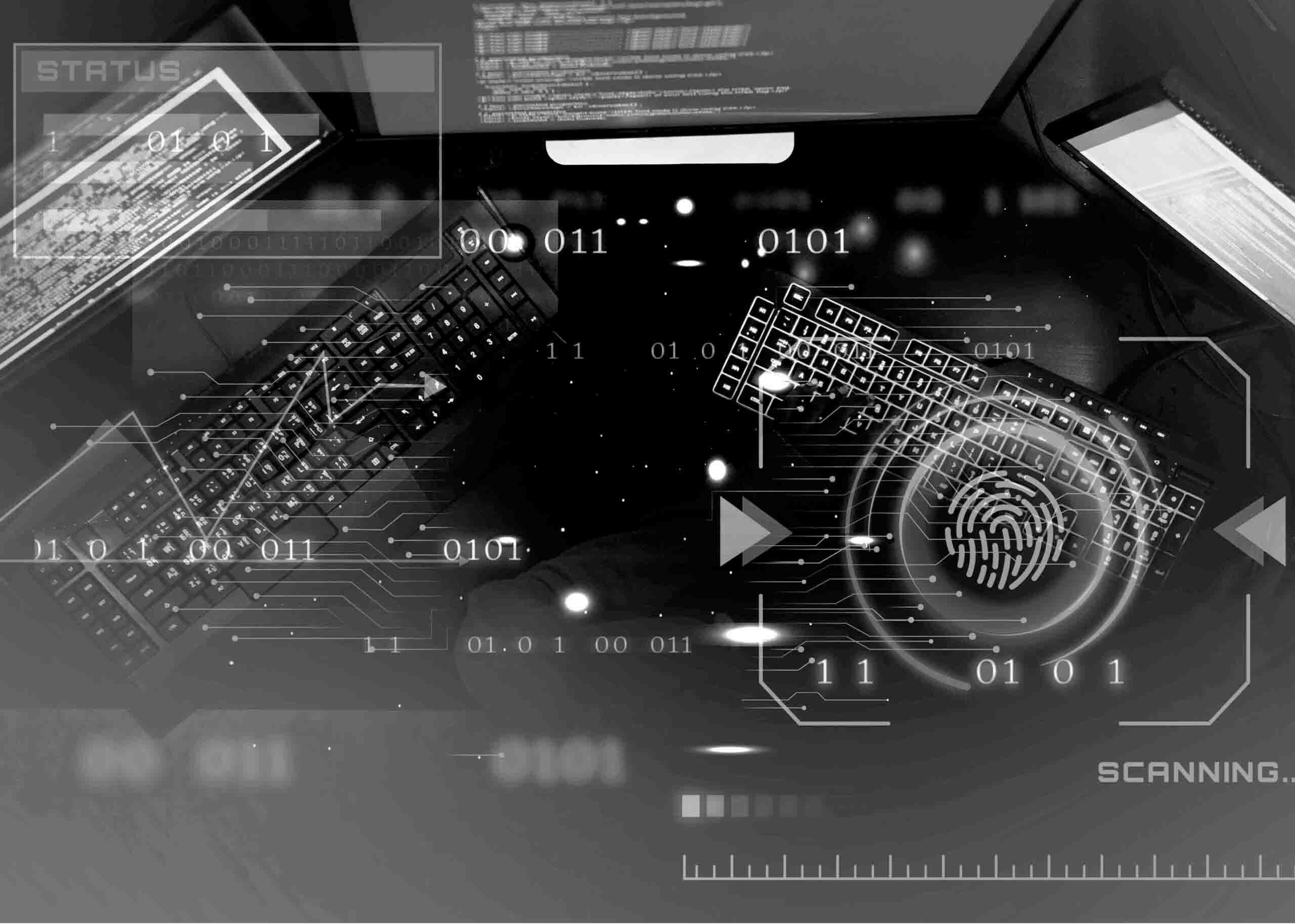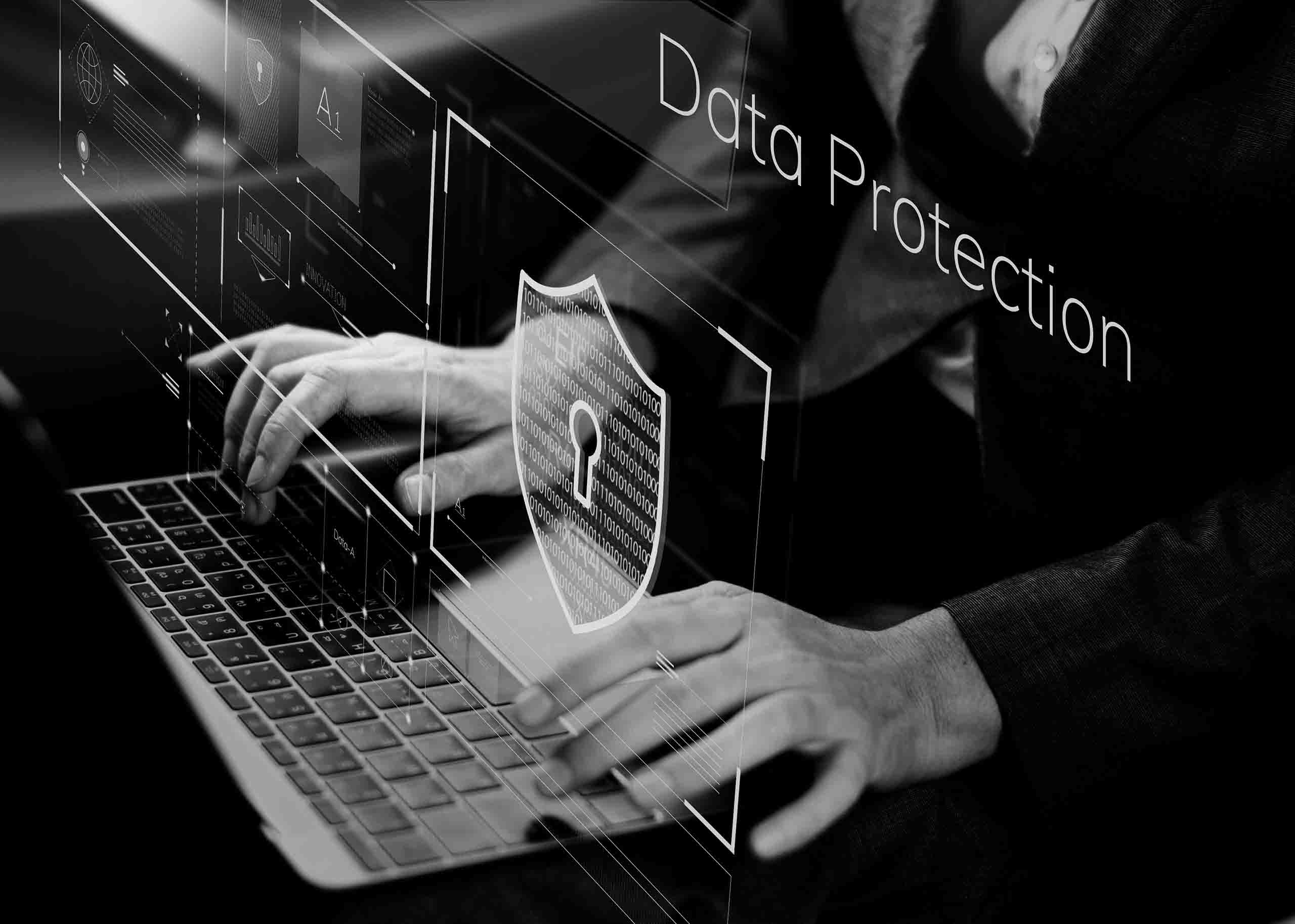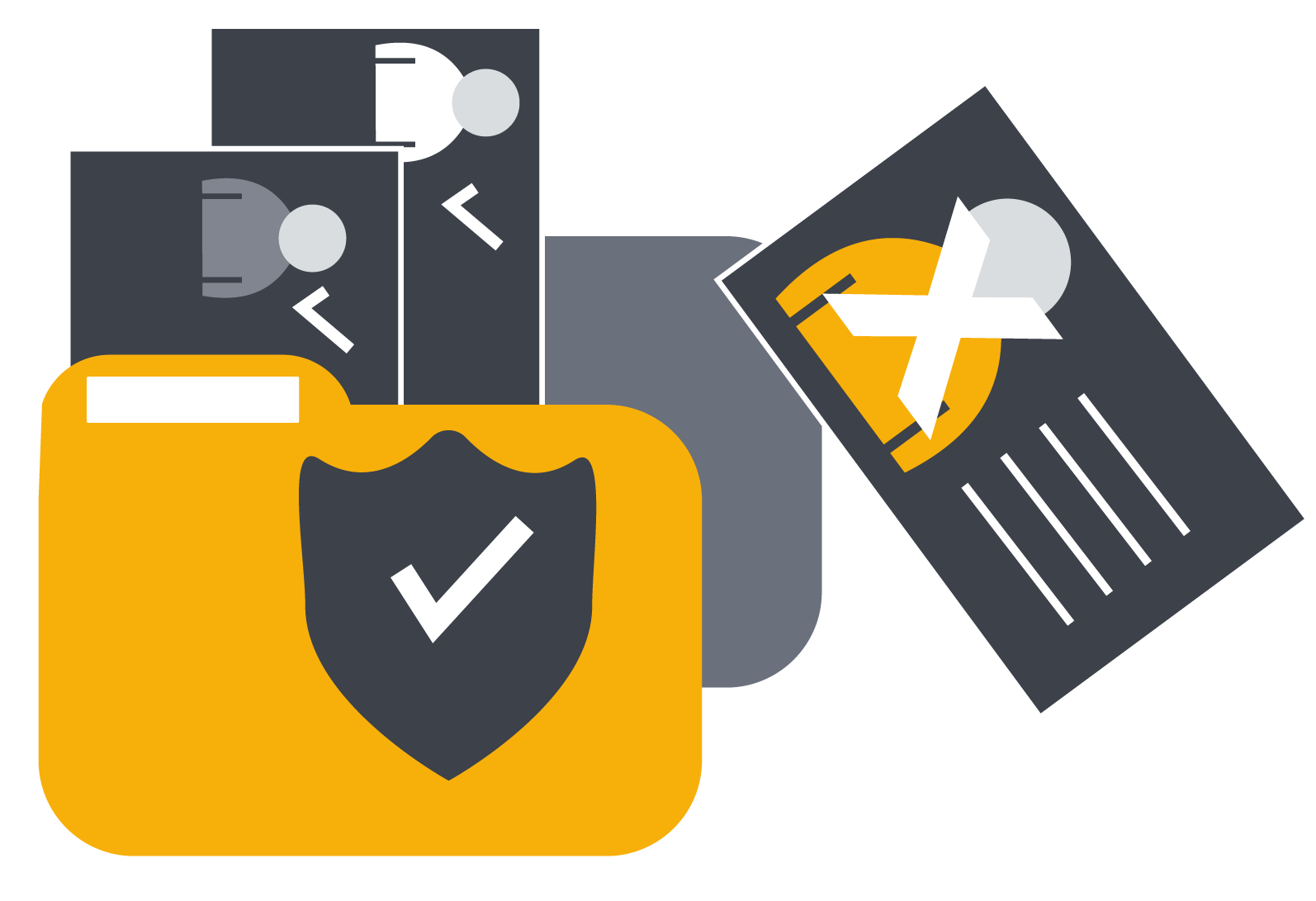Security
Identify and Prevent Vulnerabilities & Threats.
Prepare to Respond
Security Posture Assessment
There are many ways to improve the security posture of an organization.
Without a baseline of the current security posture, it is hard to determine which areas need the most attention.
We have developed a method that produces a manageable set of recommendations with the greatest impact on improving the security posture for the least time, money, and resources.
Our methodology will categorize the levels of maturity for the organization using a graduated three-level approach (basic, intermediate, and advanced).
The Turning Point Security Posture Assessment is an evaluation of an organization’s overall security posture, which includes all of its people, processes, and technology.
It is an essential part of an organization’s risk management strategy and involves assessing the current state of security measures in place, identifying vulnerabilities and threats, and recommending measures to improve security.
There are three main phases of the Security Posture Assessment
Allowing organizations to identify and mitigate security risks and improve their overall security posture.
The Turning Point Security assessment includes:
Authorization
Authentication
Data authorization technologies control who and what has the rights to access data, and authentication verifies the identity of a user or service that is accessing the data.
If there is a breach of credentials, having an Audit Log of who accessed what and where it went has become table stakes for many Cyber Insurance Policies.
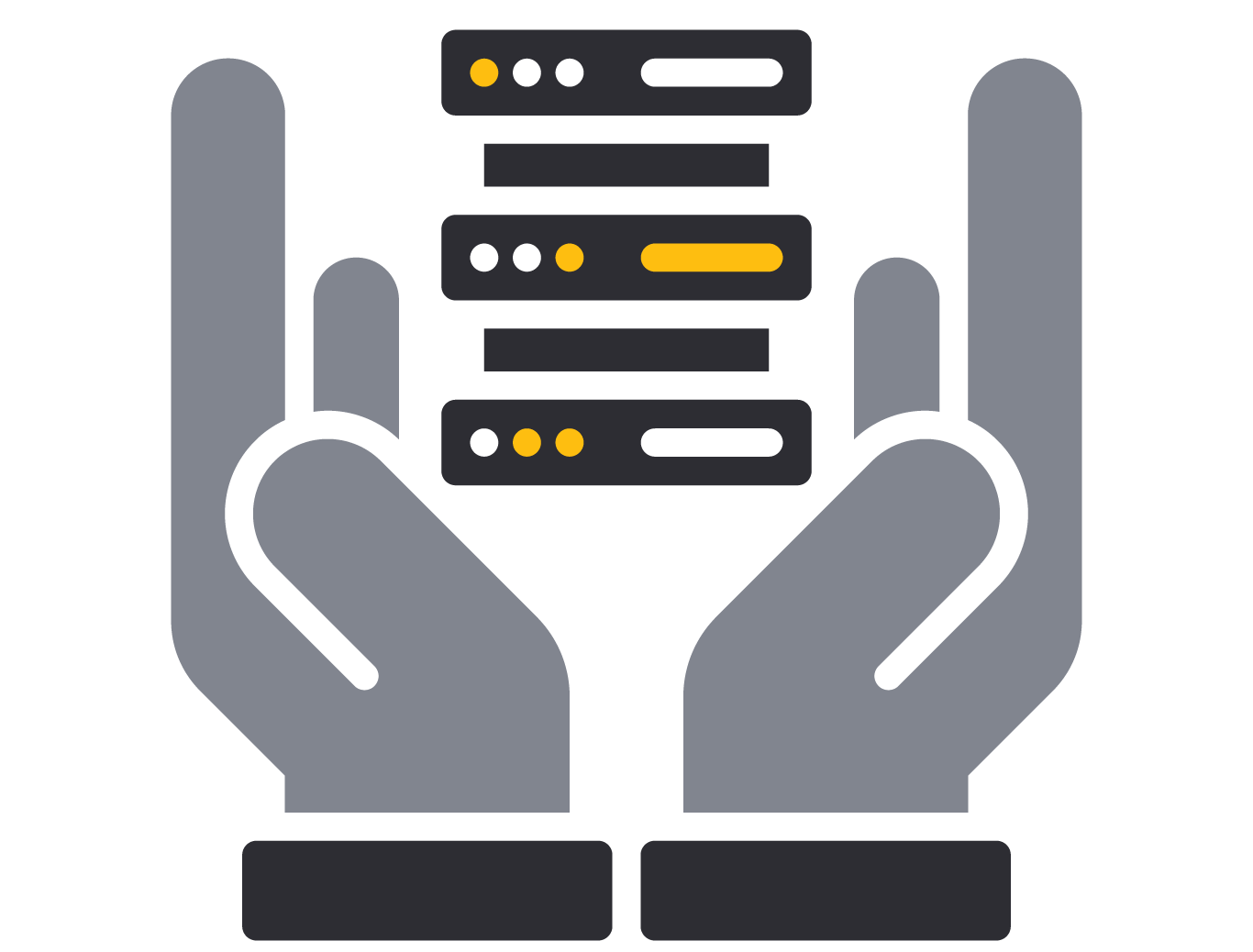
Data authorization technologies control who and what has the rights to access data, and authentication verifies the identity of a user or service that is accessing the data.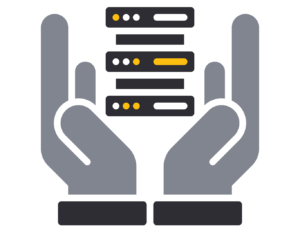
If there is a breach of credentials, having an Audit Log of who accessed what and where it went has become table stakes for many Cyber Insurance Policies.
Zero Trust
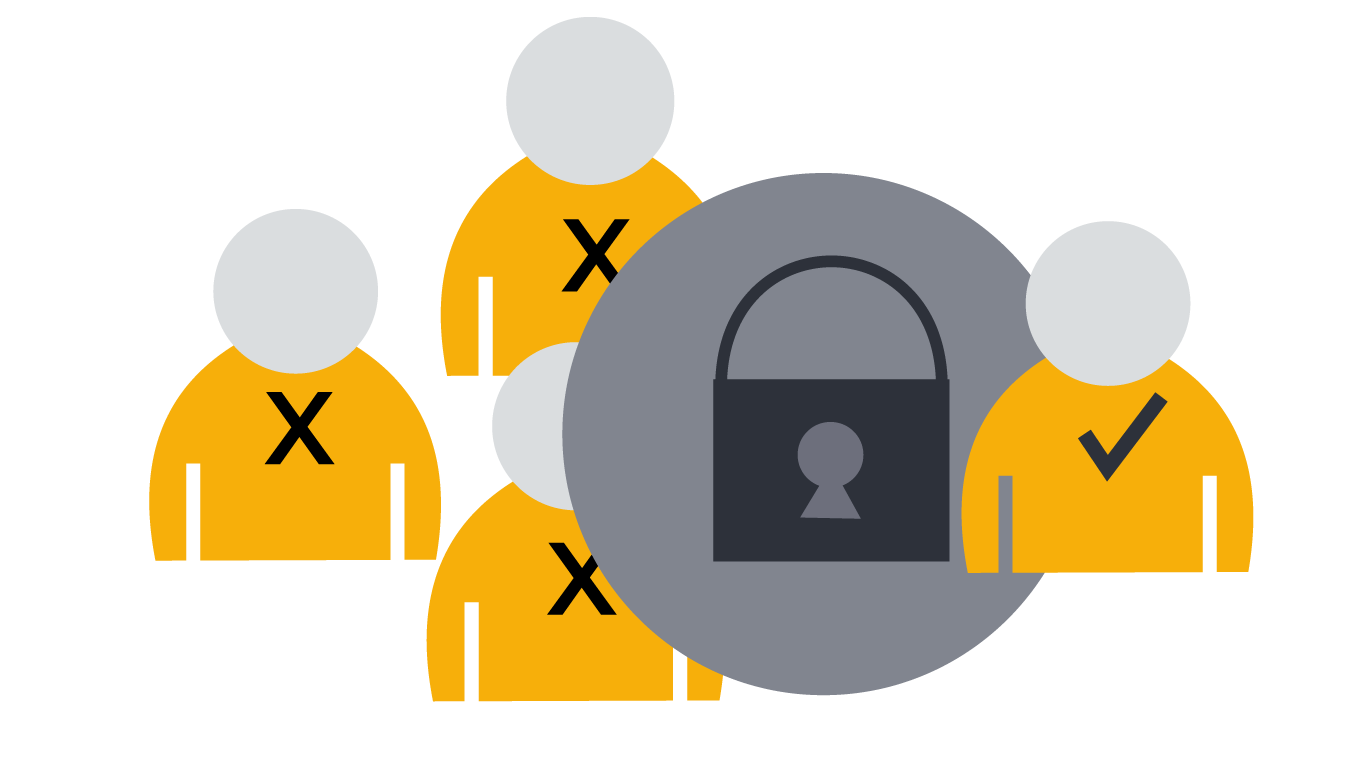
Zero Trust Security is a widely used term that describes the need for users and devices to be authenticated and authorized before they can access resources on a network.
This approach is designed to reduce the risk of data breaches by assuming that no user or device can be trusted by default.
There are a variety of Zero Trust security solutions available including:
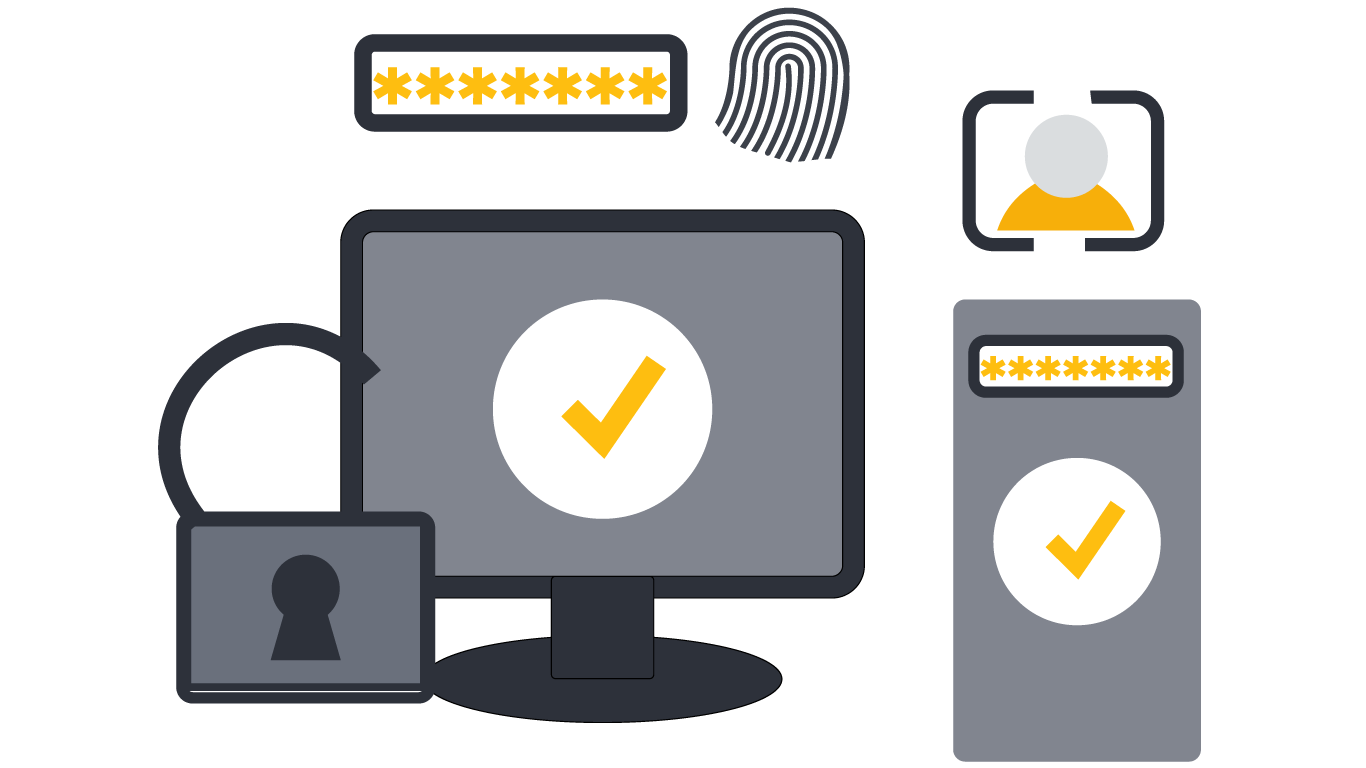
Identity and access management (IAM) solutions
These solutions manage user identities, permissions, and authentication across a network. IAM solutions can include multi-factor authentication (MFA), single sign-on (SSO), and other security features.
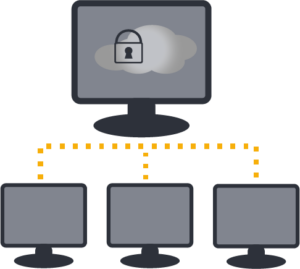
Network segmentation
This involves dividing a network into smaller segments to limit the exposure of sensitive data and resources. This can help prevent lateral movement by attackers who have gained access to the network.
Endpoint security
This includes tools such as antivirus software, firewalls, and intrusion detection and prevention systems (IDPS) that protect individual devices and endpoints from attacks.
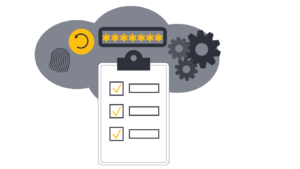
Security analytics
These solutions use machine learning and other technologies to analyse network traffic and detect anomalous behaviour that may indicate a security threat.
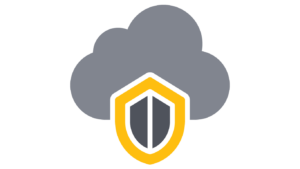
Cloud Security
This includes tools and services that provide security for cloud-based resources and applications, such as cloud access security brokers (CASBs) and cloud security posture management (CSPM) solutions.
Implementing a Zero Trust security model requires a holistic approach that combines these and other security solutions, along with policies and procedures to ensure that users and devices are consistently authenticated and authorized.
There are a variety of Zero Trust security solutions available including:
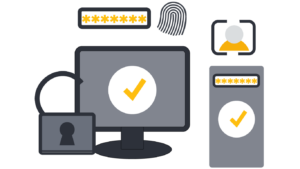
Identity and access management (IAM) solutions
These solutions manage user identities, permissions, and authentication across a network. IAM solutions can include multi-factor authentication (MFA), single sign-on (SSO), and other security features.
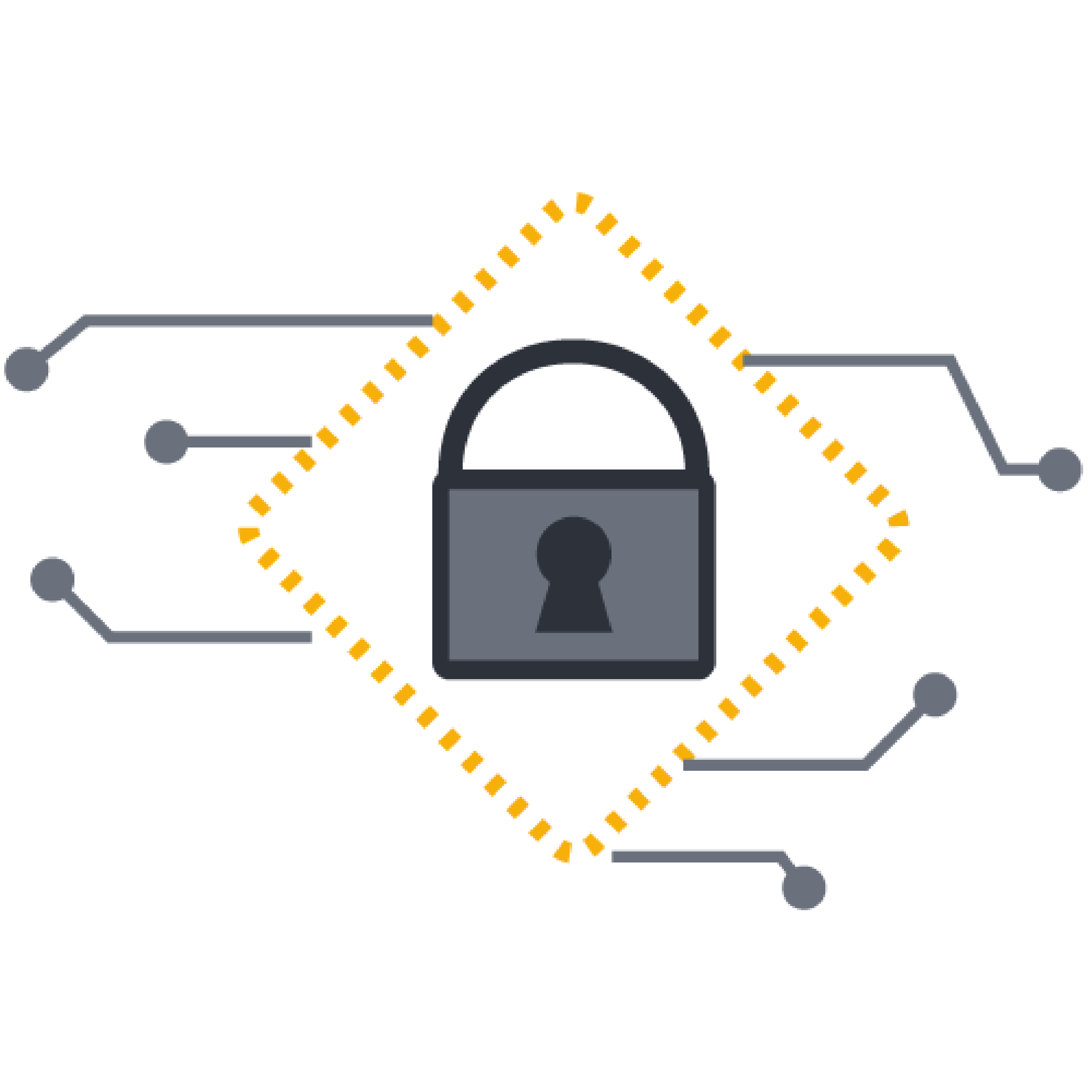
Network segmentation
This involves dividing a network into smaller segments to limit the exposure of sensitive data and resources. This can help prevent lateral movement by attackers who have gained access to the network.
Endpoint security
This includes tools such as antivirus software, firewalls, and intrusion detection and prevention systems (IDPS) that protect individual devices and endpoints from attacks.

Security analytics
These solutions use machine learning and other technologies to analyse network traffic and detect anomalous behaviour that may indicate a security threat.

Cloud Security
This includes tools and services that provide security for cloud-based resources and applications, such as cloud access security brokers (CASBs) and cloud security posture management (CSPM) solutions.
Implementing a Zero Trust security model requires a holistic approach that combines these and other security solutions, along with policies and procedures to ensure that users and devices are consistently authenticated and authorized.
MDR
Managed Detection and Response
Managed Detection and Response (MDR) services can provide more comprehensive and scalable solutions for small to large organizations with limited resources to successfully detect and respond to security incidents.
Turning Point MDR Services
Turning Point recommended MDR Service providers have been selected based on their abilities in these critical areas:
Agnostic to an organizations already implemented intrusion detection systems (IDS), security information and event management (SIEM) systems, and endpoint detection and response (EDR) solutions and uses those tools as feeding points of telemetry to their MDR solution.
Geographical location, number of staff, and amount of security events being monitored are all important factors in selecting an MDR service partner. The larger the team, the more events and the more an organization should be capable of detecting and responding to an incident efficiently.
MDR service providers offer a range of services to help organizations detect and respond to security threats in real-time. By outsourcing security operations to an MDR service provider, organizations can benefit from the latest security technologies, expert analysts, and best practices for incident response, without having to invest in costly in-house security operations.
Incident Response
Incident Response is available from a variety of companies, each offering a range of services directly to organizations or through cyber insurance carriers.
We are partnered to provide a full-service expertise to provide comprehensive digital forensics and data recovery services.
Only full-service providers eliminate the threat actor’s access to the environment, analyse the cause and extent of the attack, and restore the business to normal pre-incident operations.
Effectively achieving all three of these objectives, requires an IR firm with a multifaceted team of in-house expertise.
Coordination across the team and with the customer is vital to the response process, and everyone from the SOC to the board room needs to understand the status of the investigation and the significance of the findings.
Virtual Chief Information Security Officer (VCISO)
Our CISO partners provide expert guidance and leadership to our clients at a fraction of the cost of hiring.
Finding and retaining quality security leadership is a challenge.
Funding the Salary to attract and retain them can be even harder.
We have partnered with a team of highly experienced and qualified Chief Information Security Officers (CISOs) to be able to offer dedicated CISOs to our clients on contract at a fraction of the cost of hiring.
Virtual Chief Information Security Officer (vCISO) services match your organization’s profile with an expert Virtual CISO.
Risk Management
The first step in any information security program is to identify and prioritize risks. As a vCISO, we will work with the organization to identify all potential risks, assess their likelihood and impact, and prioritize them based on the level of risk they pose. We will also develop a risk management plan that outlines the steps the organization needs to take to mitigate or manage these risks.
Training & Awareness
The success of any information security program depends on the awareness and cooperation of all employees. As a vCISO, we would develop and deliver training programs to educate employees on security best practices and their roles and responsibilities in maintaining the security of the organization’s information assets.
Security Policies & Procedures
Once we have identified and prioritized risks, the next step is to develop policies and procedures to mitigate these risks. We would work with the organization to develop a comprehensive set of security policies and procedures that cover all aspects of the organization’s operations. These policies and procedures would be designed to minimize risk and ensure compliance with all relevant laws and regulations.
Compliance & Audit
Compliance with relevant laws and regulations is a critical aspect of information security. As a vCISO, we would ensure that the organization is compliant with all applicable laws and regulations and that we are prepared for any audits or assessments that may be required.
Incident Response Planning
Despite our best efforts, security incidents can still occur. As a VCISO, we would work with the organization to develop an incident response plan that outlines the steps to be taken in the event of a security incident. This plan would procedures for containing the incident, investigating the root cause, and restoring normal operations.
VCISOs provide expert guidance and leadership on all matters related to information security and help the organization minimize risk and protect its valuable information assets.

